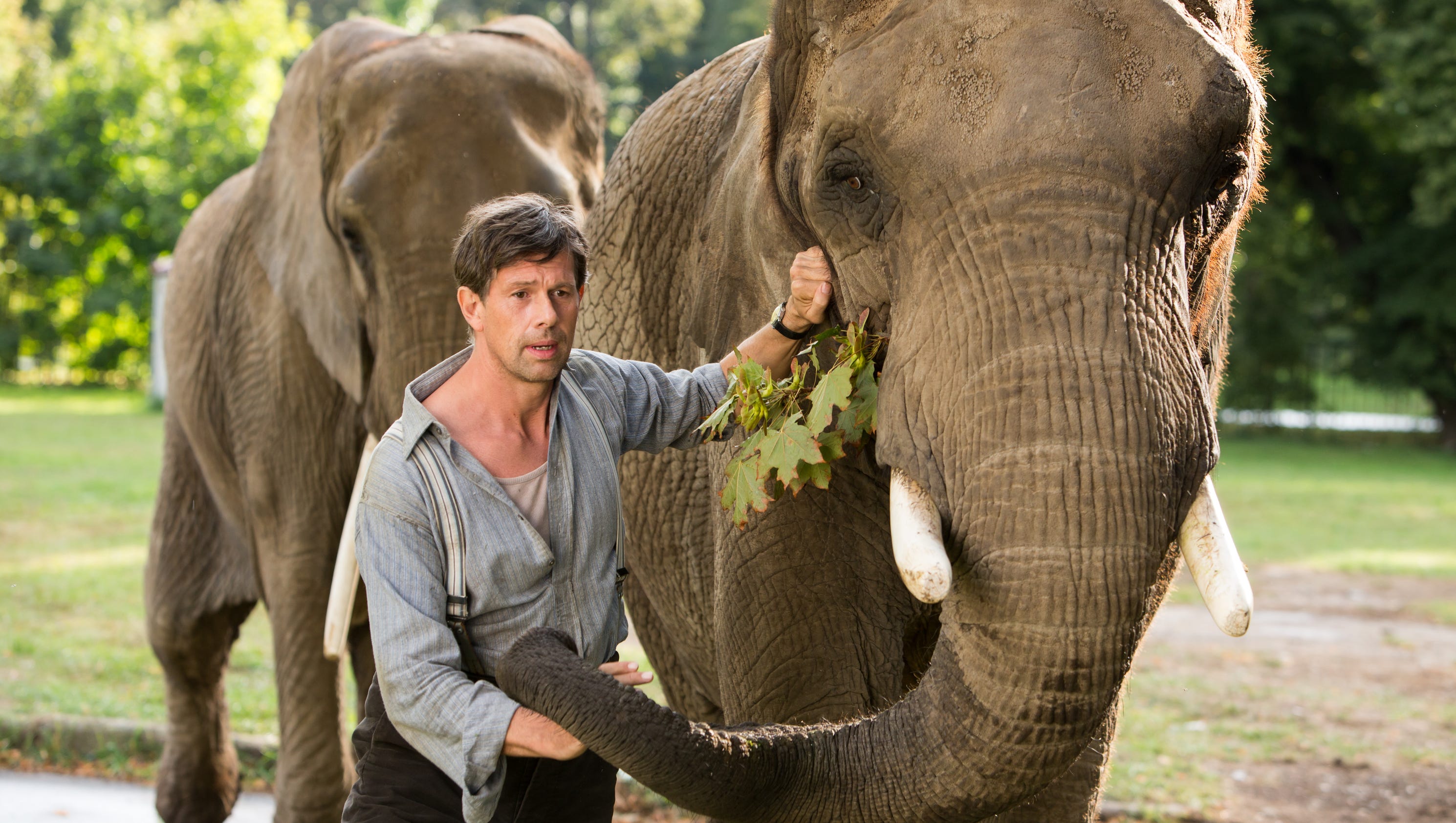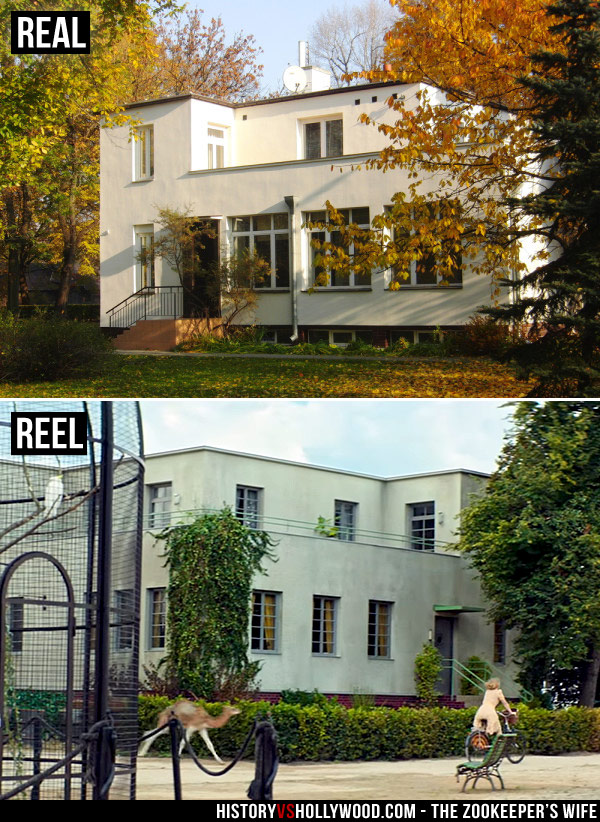

It’s by living beside animals that you learn their behaviors and psychology.” As for Antonina, this was a lifestyle that she also relished. Ackerman records this comment by Jan: “It’s not enough to do research from a distance. This was not simply a necessity due to the care that some of the animals required, it was a scientific approach for Jan. At their villa they kept a number of injured or orphaned zoo animals and allowed the creatures to roam freely about their residence. Starting in 1931 the Zabinskis lived in a villa in Praga, just outside Warsaw, not far from the zoo. The author chose to write about the Zabinskis to honor their great heroism during the Nazi regime in Poland “…when even handing a thirsty Jew a cup of water was punishable by death.” Although the action of the story is carried out primarily through Jan, the lens through which we view the action is Antonina’s.

Within this crucible of malevolence, the Zabinskis took great risks to save hundreds of Jews during World War II. Taken primarily from the memoirs, diaries, and autobiographical children’s books of Antonina, Ackerman has produced a book that squarely faces the horror of Hitler’s plans to destroy every aspect of Poland’s multi-faceted identity. The Zookeeper’s Wife: A War Story by Diane Ackerman is the historical narrative of Christian Polish zookeepers, Jan Zabinski, a trained zoologist and the director of the Warsaw zoo, and his wife, Antonina.


 0 kommentar(er)
0 kommentar(er)
